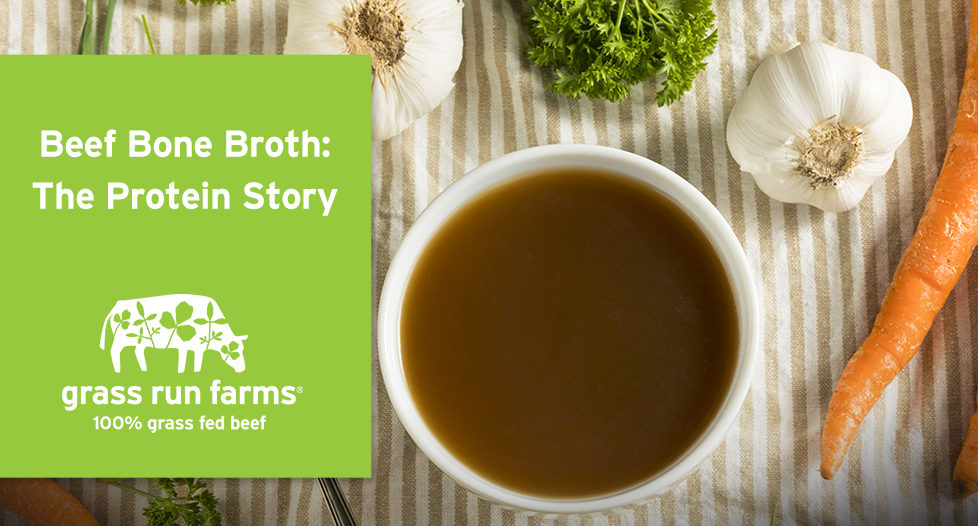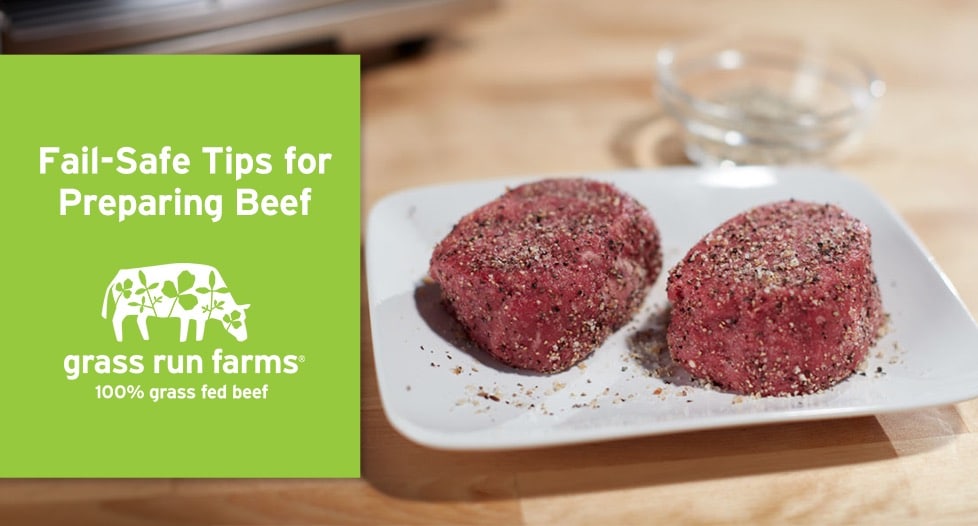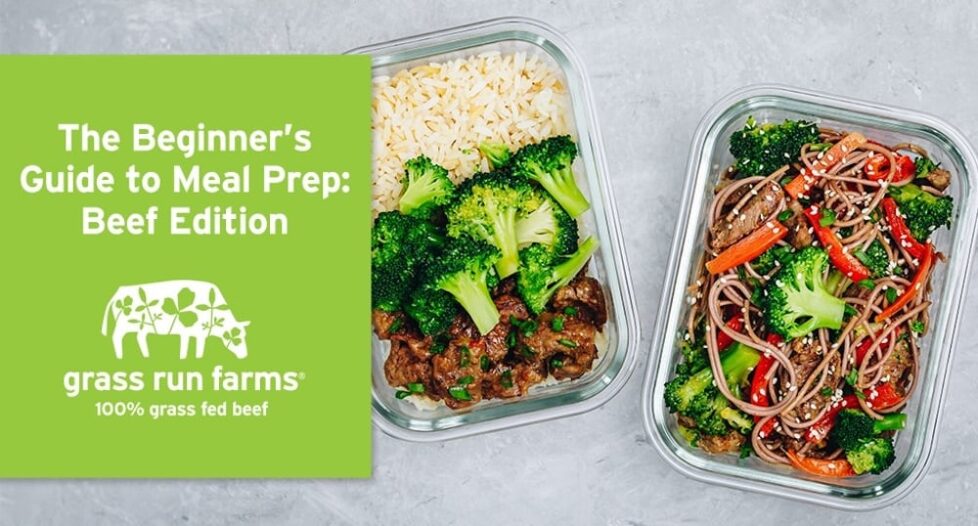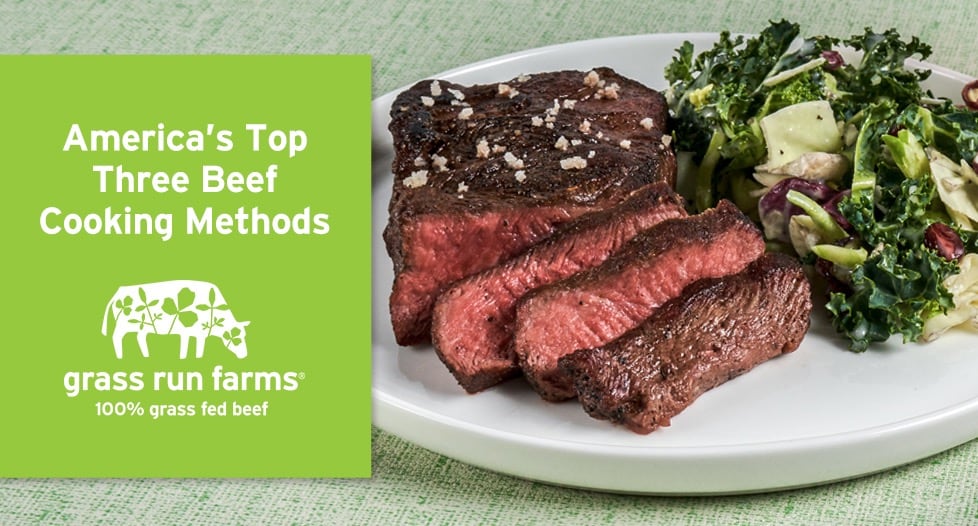January 28, 2021
Written by Neva Cochran, MS, RDN, LD.
Bone broth has been around for hundreds of years. Because it provides protein without any carbohydrate, it became more popular when several low carb, high protein diets arrived on the scene. The protein content is the big difference between broth made from boiling meat vs. broth made with bones. A typical 8-ounce serving of beef broth has 1 – 3 grams of protein compared to 9 – 10 grams in bone broth.
Protein in Bone Broth
Bone broth’s higher protein content along with its rich flavor has also helped boost its appeal. With a 45-calorie cup of bone broth delivering 10 grams of protein, it provides a healthy dose of protein with relatively few calories. The protein in bone broth is primarily collagen. In the body collagen is one of the main building blocks of bone marrow, connective tissue, skin, cartilage and organs like the heart, lungs, kidney and liver – collagen provides structure and support for your body.1
Bone broth contains collagen, but it is important to be aware that eating foods with collagen does not necessarily translate into more collagen immediately in the body.2 Proteins in food are too large to be absorbed from the gut intact. The protein is comprised of hundreds of amino acids, which are small enough to be absorbed into the blood stream and used in the body in a number of ways. The primary amino acids in bone broth are arginine, glutamate, hydroxyproline, proline, alanine, and glycine.3 The proteins that are created from these amino acids after they are absorbed depends on what your body needs most at that time.
Protein in the Body
A diet with adequate protein supports an array of body needs as all cells and tissues are composed of protein.4 Its primary roles are:
- Building and maintaining all body cells
All body tissues – made up of cells – are constantly being broken down and replenished. These include skin, muscles, bone, blood, and body organs. - Enzymes
Enzymes are proteins with a variety of jobs in the body. Digestive enzymes help break down food so nutrients can be absorbed. Enzymes in the liver neutralize toxic substances like drugs and alcohol. - Hormones
Hormones are also proteins. Insulin is a hormone that helps keep blood sugar levels in the normal range. Estrogen maintains the female reproductive system while testosterone has this role in males. - Blood proteins
Hemoglobin is a blood protein that carries oxygen to all the cells in the body. Lipoproteins transport fat in the body from the gut and liver to places in the body where it is used or stored. - Antibodies
Antibodies are immune system proteins that attack bacteria and viruses in the body that can cause illness. - Energy
While carbohydrate and fat are the primary fuel sources for the body, protein can also produce energy. - Weight management
Protein stays in the stomach longer than carbohydrate and fat, so it provides a feeling of fullness, or satiety, that keeps us from feeling hungry. Several studies suggest eating 25 – 30 grams of protein at each meal promotes satiety, protects against muscle loss, and improves muscle mass
Bone Broth in Meals
Like traditional beef broth, beef bone broth can be used as an ingredient in soups, stews, sauces, gravies, mashed potatoes and stuffing; for braising meat or vegetables; and cooking rice and other grains. It can also be enjoyed as a hot beverage for a protein-packed snack. Try this recipe for preparing your own bone broth made with Grass Run Farms Beef Marrow Bones.
Bone broth can be a tasty, low calorie way to boost protein intake for all the important roles it plays in the body. Find Grass Run Farms bone broth in a store near you!
References:
- “Amino acid composition in determination of collagen origin and assessment of physical factors effects” J Biol Macromol2017, 104 (Pt A):987-991
- “Collagen and Gelatin” Annu Rev Food Sci.Technol 2015, 6:527–57
- “Amino acid content of beef, chicken and turkey bone broth” Journal of Undergraduate Chemistry Research 2019, 18(4):15
- The Academy of Nutrition and Dietetics Complete Food and Nutrition Guide
About the Author
This blog was written by Neva Cochran, MS, RDN, LD. Neva is an award-winning registered dietitian nutritionist with over 30 years of experience. As a registered dietitian nutritionist, she promotes science-based nutrition messages to help people enjoy eating, not fear food.









